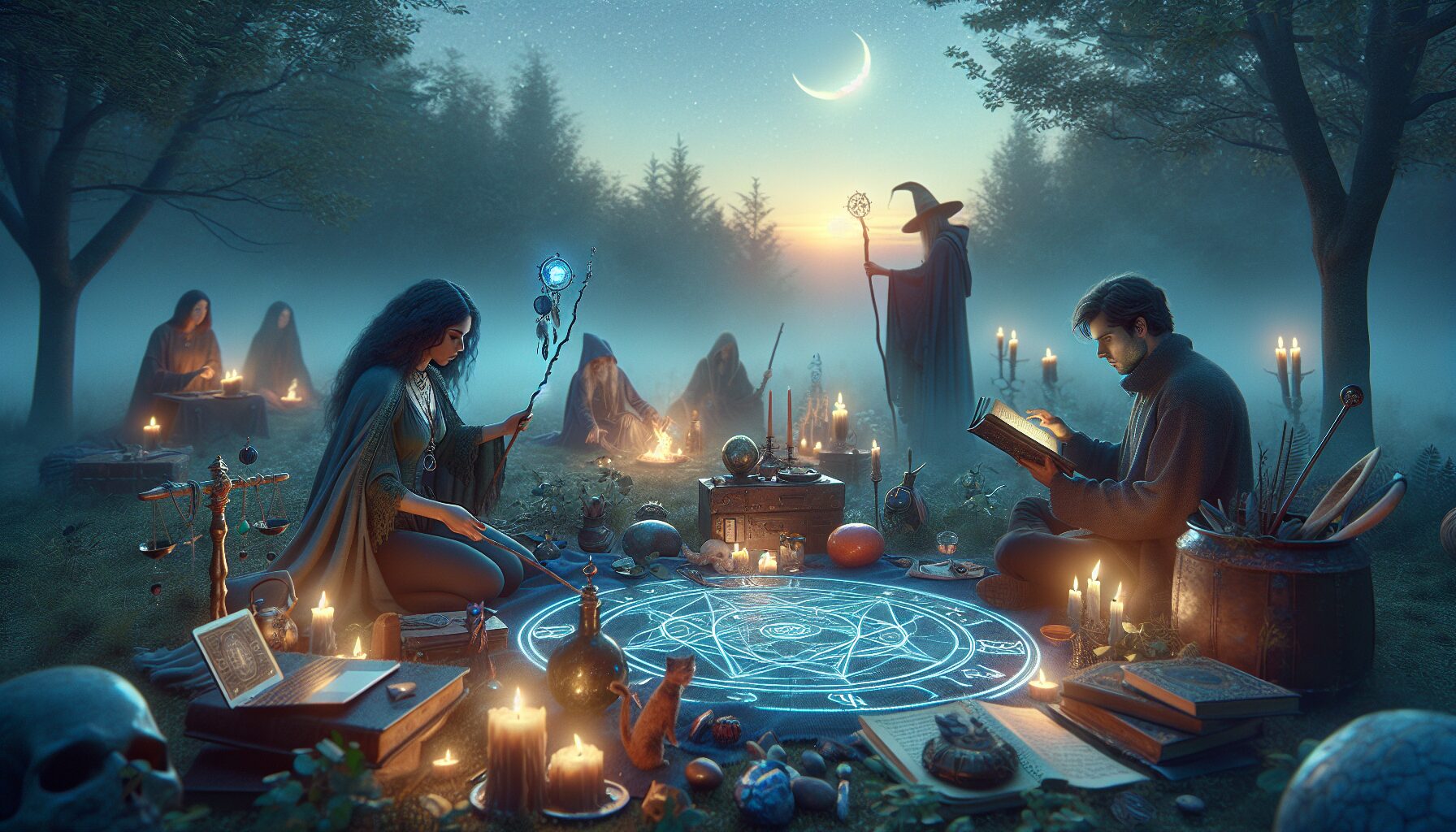The twilight hours, often seen as a mystical time, have long attracted those interested in the occult. As the boundary between day and night, twilight is said to be a magical juncture, ideal for rituals and practices that connect the practitioner with other realms. For modern occultists, these practices have evolved, adapting to contemporary life while preserving their esoteric essence.
Embracing Technology
Modern occultists have found ways to incorporate technology into their practices. Digital tools can be used to enhance meditation and visualization, offering new avenues for engagement. Many spiritual practitioners use apps that simulate the soothing sounds of a forest or gentle waves, creating an ambient environment conducive to twilight rituals. Social media has also served as a platform for sharing knowledge and fostering community among those with similar interests.
Mindfulness and Meditation
Mindfulness and meditation have become integral to the new-age occultist’s twilight rituals. With the increasing pace of life, dedicating time to these practices helps practitioners ground themselves. Incorporating elements like guided meditations or chanting can deepen the sense of connection with the mystical.
“Modern meditation practice places importance on calm and being present, which are crucial elements for any ritual practice.”
— Psychology Today
Reviving Ancient Practices
Despite the modernization, there is a strong revival of ancient practices among today’s occultists. Many are drawn to the wisdom of historical rituals, such as the drawing of sacred circles, the use of herbal incense, and the guidance of ancient texts during twilight rituals. According to a History.com feature, the resurgence in traditional pagan and witchcraft practices speaks to a broader interest in connecting with the past.
Personalized Rituals
Individualization is key in contemporary occultism. Modern practitioners tend to craft rituals that resonate personally, ensuring a deep spiritual connection. This might include journaling by candlelight, creating personal sigils, or even performing yoga at dusk to synchronize the body’s rhythms with nature’s transitions.
Conclusion
Twilight rituals offer a profound way for modern occultists to engage with both ancient and contemporary practices. As technology transforms, so too will these mystical practices, continuing to reflect and respond to the changing world. The blend of innovation and tradition speaks to the enduring human desire to transcend the ordinary and tap into the mystical.
